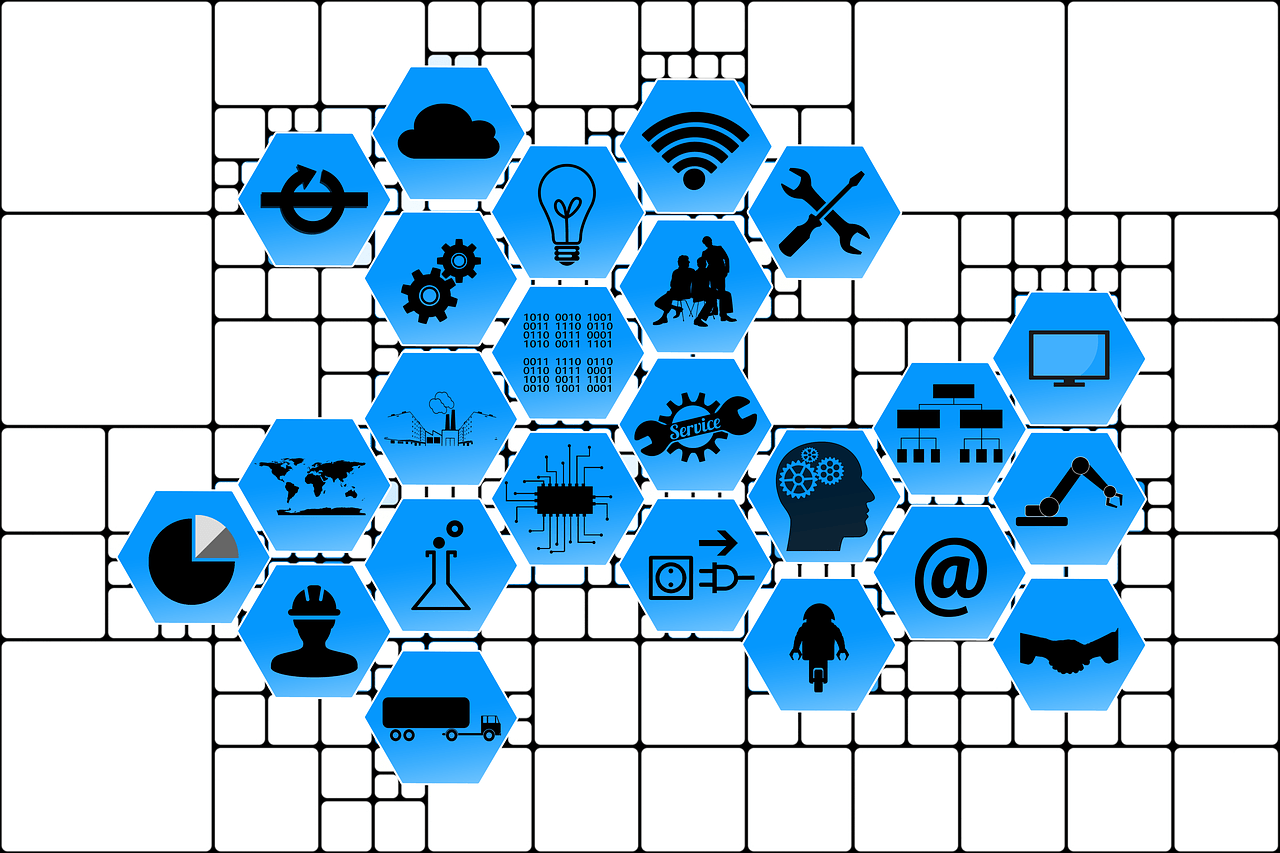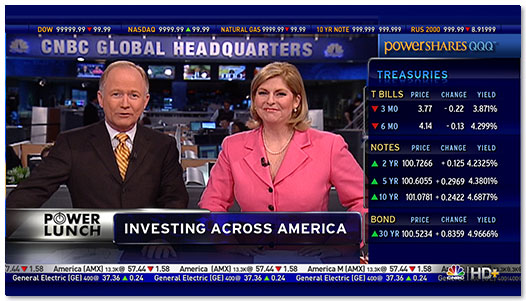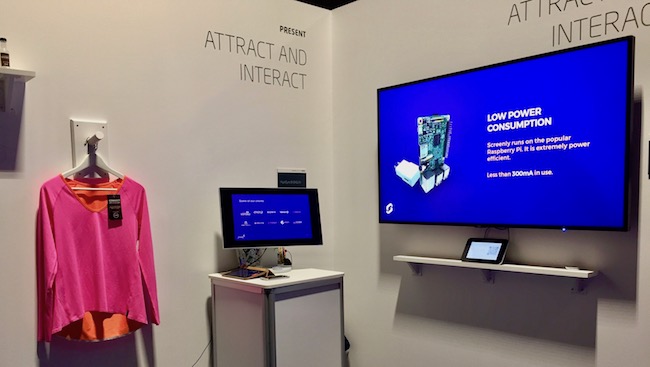
What IoT Can Bring To Digital Signage In Retail
October 3, 2017 by guest author, Rob Cote
GUEST POST: VIKTOR PETERSSON, SCREENLY & DOMINIQUE GUINARD, EVRYTHNG
Many years ago, the recipe for a successful digital signage deployment was to put up a few screens in the store, and load them with an image slideshow (or video slide if you were on the forefront). Those days are long gone.

Viktor Petersson
Today, It takes a lot more to get the modern shopper’s attention. We’re all overloaded with information, and are exposed to so many ads every day (both online and offline) that we have developed an impressive skill to filter all of this out.
This of course is hardly news. Most people involved in both advertising and digital signage are well aware of this problem. However, if you ask people in the digital signage industry how to solve this, a common solution is to simply add some “useful” content to the screens, such as a ticker feed with news and a clock. The idea is that people will start paying attention to the screens again. This does seem to make sense on paper, and it can certainly work in some situations, but more often than not, it will end up looking like this:

This is a broadcast channel, but we all see this in signage applications. The solution ignores the fact that more or less everyone carries a phone with them today which can deliver both news and displaying the time in a far better way than signage ever could. As such, this “value” the screen added is negligible. Perhaps more importantly however is that you also diluted the message that you are trying to communicate to your customer by adding more distracting content.
So what is the future of digital signage in retail? We would argue that it is all about what we call reactive digital signage, where the screens will automatically adjust content based on an external event.

Dominique Guinard
This again, is hardly groundbreaking, but it is finally possible to do at a reasonable budget with more or less off-the-shelf hardware and software.
At Mobile World Congress (MWC) this year, Screenly and EVRYTHNG demonstrated how this can work. We created a reactive retail environment with the customer’s phone, without requiring the user to install any new application on the phone. Customer can interact with screens directly to learn more about a particular product simply by scanning an NFC tag or QR code. For instance, if they scanned a shirt, we displayed the real-time stock level of the item, as well as a video of the piece of clothing in action or on the runway.

Screenly and EVRYTHING at NEC’s Nordic Showcase in Gothenburg, Sweden
While this scenario might have seemed far fetched a couple of years ago it is actually actionable today. A couple of recent announcements transformed this idea into a turnkey solution. First, printing QR codes and embedding NFC tags has become a faster and more integrated process than ever, making it possible to think about serialized labels for the apparel or CPG (Consumer Packaged Goods industry). Then, the recent announcement of Apple to support NFC and QR code scanning. This, on top of the already widespread support of Android phones for both NFC and QR, means that a vast number of consumers have a device in their pocket ready to interact with the real world. Finally, the tight integration of digital signage and IoT platforms such as Screenly and EVRYTHNG (a platform giving billion of products a digital life and API) allows to drive reactive content whenever items are scanned, making the digital signage truly interactive.
Having tagged products influencing content on screens is only a first step in what the Internet of Things can do for digital signage. Add sensors that communicate with the two platforms and you unveil a number of interactive experiences, for instance:
- When someone walks by the screen, we can trigger the content to change using a proximity sensor.
- Using a rain sensor outside, we can detect if it is raining or not and then display our campaign for umbrellas.
- If the temperature exceed 25C/80F, we can display advertisement for ice cream, and if it is below 0C/32F, display advertisement for hot chocolate.
We believe that this is just the beginning of what IoT and digital signage can bring to customers in particular in retail but also in other environments. The recent developments, cost reductions and widespread adoption of tagging and sensing technologies moved the dial from “futuristic application” to “actionable campaigns”, exciting times ahead!



Leave a comment